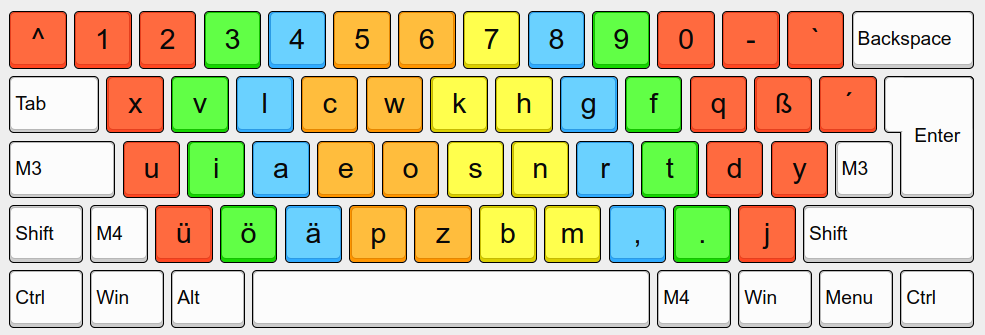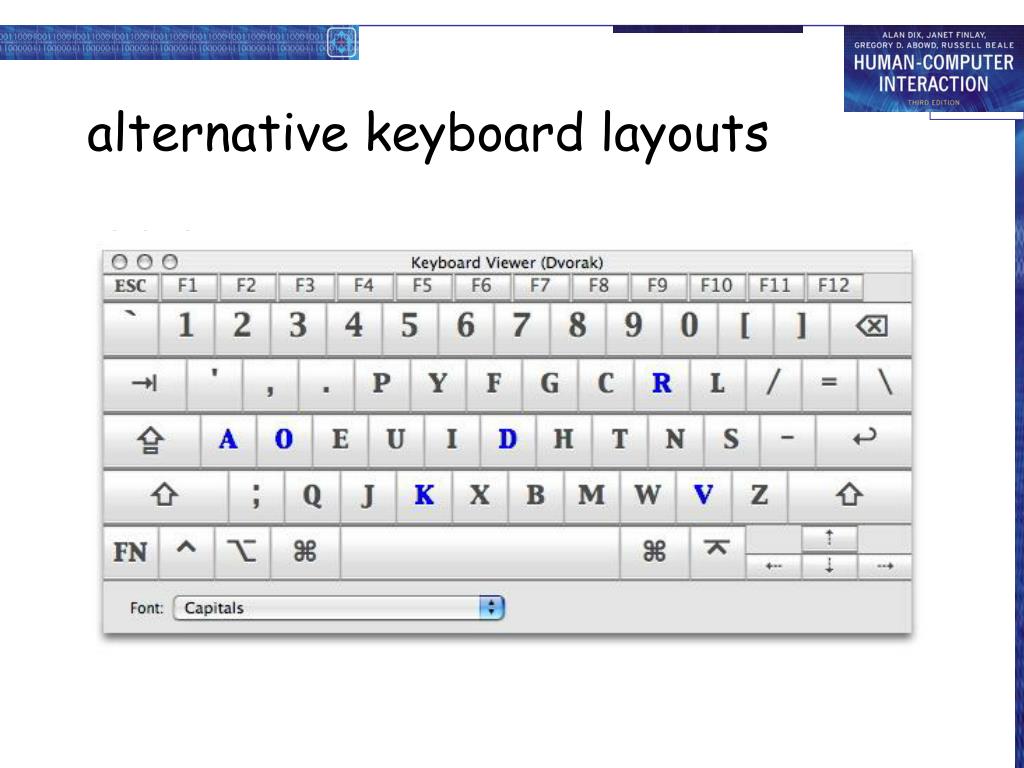

a traditional QWERTY keyboard is that the skills would not be transferable beyond the application-meaning that the user would be left in the cold, if you will, when an ABC keyboard is not an option. The big downside for instructing on an ABC-style keyboard vs. This is because if the person was able to type before losing their vision, it would probably be relatively easy to teach them to "touch type" if they don't do so already once vision has been lost-because the person would be able to draw on previous experiences and memories of the keyboard layout. However.I honestly don't see much of a benefit to an ABC-style keyboard, even for adults who have recently lost their vision. I learned through repetition and with the assistance of an accessible typing tutor program.įirst, if such a keyboard was to be developed, I would support the development process and recommend the app to anyone who I thought it might benefit. I had to learn and memorize the keyboard, and it has taken me a while to get to the speed and level of comfort that I am at now.

While this is certainly something that would be great to have in an ideal world, I think Apple's implementation of such a feature would be unlikely given their current policy on third-party keyboard integration into iOS.įull disclosure: I am a very comfortable typist on a QWERTY keyboard. Consider for one moment that segment of the visually impaired population who may lack familiarity with QWERTY-layout keyboards, and give them at least a fighting chance to access these amazing iOS devices. So, please, I am asking you to comment on this post, on the AppleVis website, either for or against. The option of an ABC-layout is irrelevant to them, and so no one bothers to comment, and the suggestion went nowhere. My belief is that people in the vision-impaired/blind community who are able to access and contribute to AppleVis are already very comfortable with willing to access and contribute to the AppleVis forum are already very comfortable with a QWERTY keyboard. In 2011, I posted this suggestion on AppleVis, the Apple-sponsored discussion forum for accessibility options for people who are blind, and, as expected, it received no response, either for or against. The somewhat paradoxical dilemma of implementing this option is this: It seems as if efficiency of learning and subsequent use for locating keys on an on-screen iOS keyboard would be greatly increased for some people with severe vision impairment if an ABC-layout option was available in the list of alternate keyboards within accessibility options. Especially for people who are unfamiliar with a QWERTY keyboard, it is much more difficult to locate specific letters on a QWERTY keyboard when accessing the keyboard using Voiceover cues that are activated using just one finger-tip scanning around the keyboard to find the right key. Yet, even people like me, a 60+ words-per-minute touch keyboarder on a standard "QWERTY" keyboard, still would have some difficulty knowing, for instance, what letters are before and after the "K" on a QWERTY keyboard, although I would readily be able to know that "J" and "L" are before and after the letter "K" in the alphabet. This ability organizes the task of learning to read and write, and then continues to assist in the organization of written language throughout our lives. Most people can readily recite their ABCs.

Potential Advantages of ABC-format On-Screen Keyboard Option for iOS Devices Especially for Use By People Who Were Never Touch-Keyboarders, and Have Become Visually Impaired in Their Later Years.Īn "ABC" keyboard layout option (i.e., a keyboard where the three rows of letter keys are arranged in alphabetical order from "A" through "Z") could significantly expand accessibility to people with severe vision impairment, especially older adults who have acquired vision loss in their later years.


 0 kommentar(er)
0 kommentar(er)
